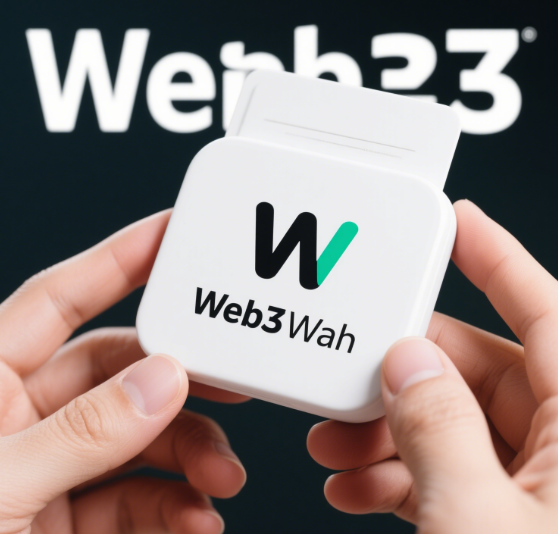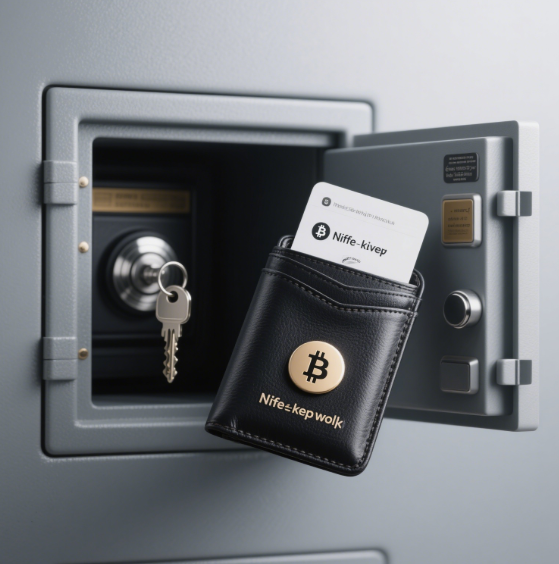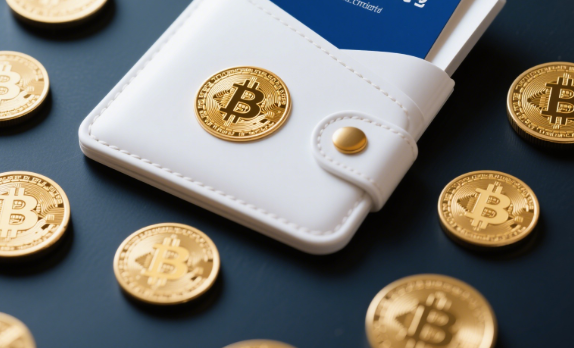Picture this: You finally bought your first Bitcoin, dreaming of financial freedom, only to wake up the next morning seeing headlines screaming "Crypto Exchange Hacked – Millions Evaporated!". That's when it hits you: Choosing the right wallet could be more critical than picking the right coin. In the crypto universe, wallets aren't just storage—they're your gateway to decentralized wealth. But when standing at the crossroads between exchange wallets and Web3 wallets, which path leads to true security? Through three jaw-dropping real-world cases, we'll dissect their DNA and help you build your ultimate crypto fortress.

1. Basic Concepts
An exchange wallet, simply put, is the wallet you get after opening an account on various cryptocurrency exchanges. For example, well - known exchanges like Binance and Huobi. After you register and complete the corresponding operations, you'll have your own wallet to store the cryptocurrencies you've bought on that exchange. It's like a storage locker in a shopping mall, where the exchange helps you keep your assets.
A Web3 wallet is a decentralized wallet that doesn't require a third - party institution to manage your assets. MetaMask is a well - known Web3 wallet. Based on blockchain technology, it allows you to have full control of your private key, just like having your own exclusive safe that no one else can open.
2. Security Comparison
The security of an exchange wallet depends to a certain extent on the strength and reputation of the exchange. Large exchanges usually have relatively comprehensive security measures, such as multi - signature and cold storage. However, there are still risks. There have been many cases in history where exchanges were hacked and users' assets were stolen. Moreover, if the exchange has its own operational problems, such as going bankrupt or running away, users' assets may also be affected.
A Web3 wallet is different. As long as you keep your private key properly, the security of your assets is in your own hands. Because the private key is the only credential to access the wallet, and without it, no one can use your assets. However, if your private key is leaked or lost, your assets are as good as given away, and such losses are often irreparable.
3. Function and Ease of Use
The functions of an exchange wallet are mainly focused on trading. It is closely connected with the exchange's trading system, and you can easily carry out operations such as buying, selling, depositing, and withdrawing. For beginners, it is relatively easy to use because exchanges usually provide an intuitive interface and detailed operation instructions.

The functions of a Web3 wallet are more diverse. In addition to the basic storage function, it can also interact with various decentralized applications (DApps). For example, you can use a Web3 wallet to participate in decentralized finance (DeFi) projects, such as lending and mining. However, since Web3 wallets involve more technologies and concepts, it may be a bit difficult for beginners to use.
4. Which is Better?
Actually, there is no absolute answer. It depends on your own situation. If you are a newbie in the cryptocurrency circle and not very familiar with cryptocurrency operations, an exchange wallet may be more suitable for you. It is easy to operate and can provide a certain level of security.
If you already have some experience in the cryptocurrency circle, want to participate in more decentralized applications and projects, and pursue full control of your assets, then a Web3 wallet may be a better choice. But be sure to keep your private key well to avoid asset losses.

In conclusion, both exchange wallets and Web3 wallets have their own advantages and disadvantages. When making a choice, you must fully understand their characteristics, combine your own needs and risk tolerance, and make the most suitable decision for yourself. I hope everyone can have a smooth journey in the cryptocurrency circle and continuously increase the value of their assets.
















No comments yet